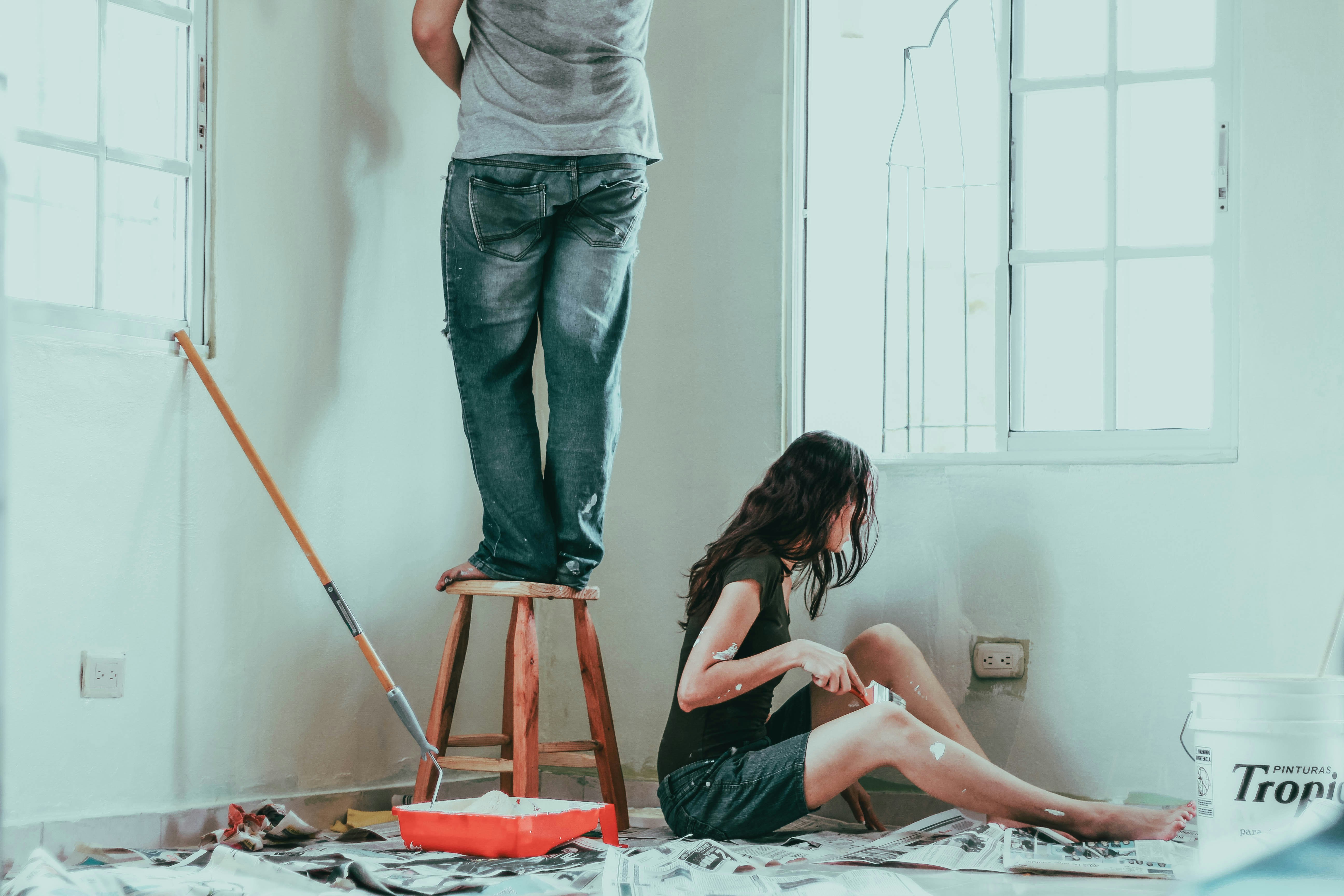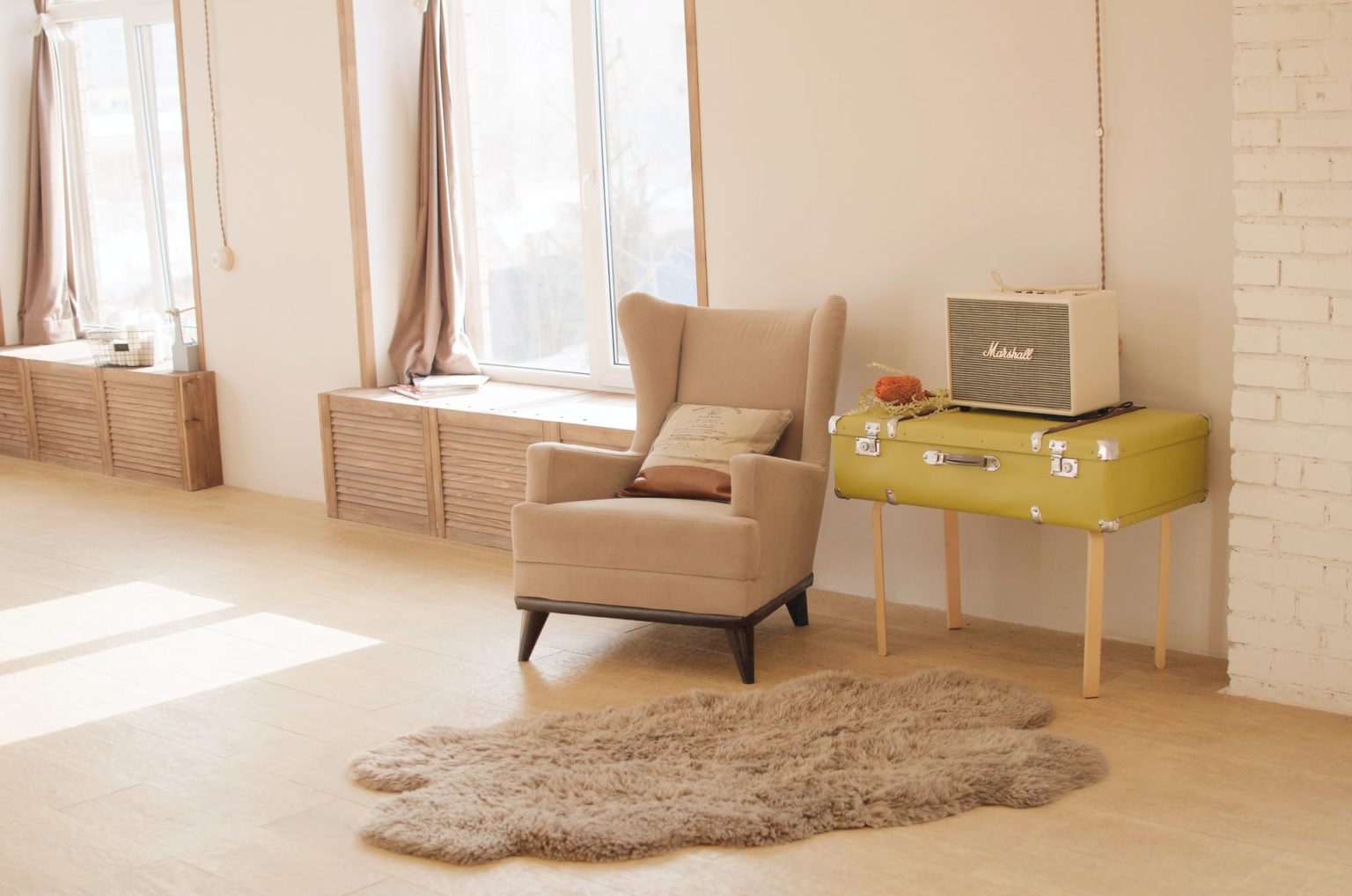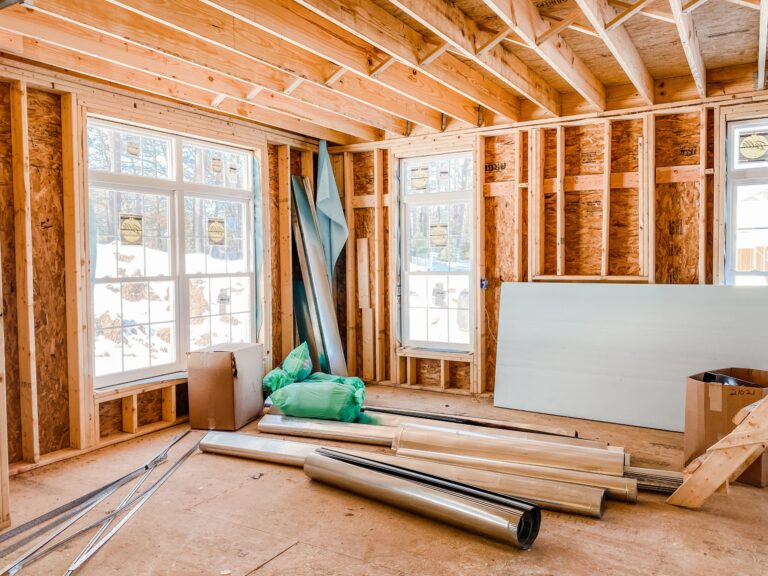Whether you plan to resell it quickly or live in it, buying a fixer-upper is the perfect way to invest in your future. Real estate investing has allowed countless people to build wealth and become financially independent so that they can one day retire or leave their day job and live their best life. Additionally, buying a fixer-upper will allow you to create the home you always wanted with the pride of knowing you did it yourself. Here are a few things to keep in mind if you’re thinking of buying a fixer-upper to invest in your future.
1. Investigate your mortgage options.

When buying a fixer-upper, you need to be prepared to pay for the renovations. One way to do that is to work the amount you intend to spend on renovations into the mortgage loan. Getting the money you need out of the loan will depend on buying the house undervalue, which is generally possible with fixer-uppers, and working with a financial lender that is familiar with what you are trying to accomplish. For example, Community West Credit Union has worked with thousands of home buyers to ensure they can get a fixed-rate mortgage loan they can afford. Choosing a fixed-rate mortgage, instead of an adjustable-rate mortgage, ensures that the monthly payments will always be predictable. The loan amount will be manageable for the life of the loan, and the interest rate won’t change. The mortgage loan you get will directly impact the total cost of the fixer-upper because you will be paying on it regardless of when and how the renovations are completed. Make sure to research the mortgage loan and the lender you’re considering working with. Remember, you’ll be working with this lender for the entire life of the loan, so, as a borrower, you want to make sure that you’re working with a trusted, experienced lender who can help you get an affordable mortgage loan that allows you to fix up your house without a worry.
2. Make a list of all necessary renovations.

The necessary renovations will range from structural to cosmetic. They may include plumbing, electrical, or HVAC renovations. Some upgrades may be optional, while others are necessary. Make a list of every possible renovation the house may need or that you may want. The list can include updating the kitchen cabinets, even though the current cabinets aren’t that bad. Creating a comprehensive list will give you a starting point and allow you to estimate how much you’re going to be spending. This will allow you to approximate how much of a mortgage loan you need to take out. As you get estimates and get closer to your maximum budget, you can eliminate renovations that aren’t needed or find ways to cut the costs of renovations required, therefore saving on the loan amount.
3. Get estimates for major renovations.

Major necessary repairs will include structural or sewer problems, replacing or repairing the roof, windows, furnace, or hot water tank, and correcting electrical, plumbing, or HVAC problems. These are considered major renovations because they are not optional. They will be more expensive, and they will require hiring a professional, unless you are already in the industry. For example, if you need trenchless sewer repair in Atlanta, you need to call a company like Atlanta Sewer Pro to ensure the job is done right the first time and will pass inspection. The last thing you want in your new home is significant sewer problems that can back up into your home, causing a wide range of other issues. Most municipalities require you to hire licensed professionals for renovations involving electrical, plumbing, and HVAC due to potential dangers involved. Plumbing issues will cause you a headache and can be very dangerous unless taken care of upfront, so make sure you have a professional plumber or technician taking care of your sewer problems. A sewer pro will be able to fix any cracks in old pipes that likely come with a fixer-upper, so that you, as a homeowner, can get to the more fun parts of fixing up your new home.
4. Consider all additional costs.

Once you have an exhaustive list of the major needed renovations and estimates for the work that needs to be done, consider the cost of the non-major renovations. These renovations will include cosmetic work like painting, putting in new flooring, taking down a wall, or updating countertops. While these renovations can be expensive, they can also be delayed or re-imagined to reduce costs. Non-professionals can also do many of them.
5. Expect the unexpected.

There will always be unexpected costs with a fixer-upper. Whether you are faced with needed repairs you didn’t know about, contractors not showing up, or lousy weather faulting your process, there will be unexpected expenses. Once you have a total in estimates for the needed renovations and all additional costs, you need to add contingency money to keep the project moving when the unexpected happens. Your contingency amount should be 5% to 10% of your total budget.








